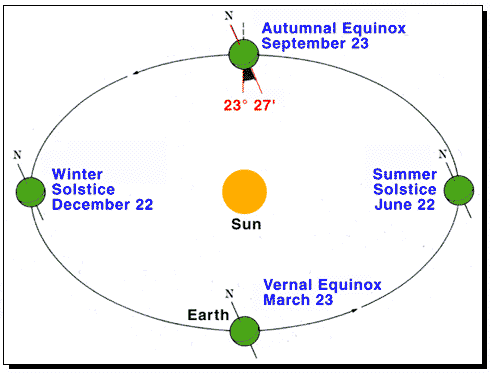
|
It began as a search for Atlantis. But Charles Hapgood's discovery of our shifting planet is perhaps more profound. If his data is correct, we've got to face some unsettling facts about our Earth's past and-- and more importantly-- our future.
See UPDATE: 2010.
The "Shifting Poles Theory" was introduced by History Professor, Charles H. Hapgood, whose fascination with geography and ancient maps led to his re-discovery of the Piri Reis Map. This hand drawn Turkish naval map had been gathering dust since the early 1500's, its significance unrealized. On closer scrutiny, Hapgood observed evidence of spherical trigonometry and a detailed knowledge of global geography-- including the coastline of Antarctica at a remote time, when it was free of ice. The map had been drawn just a few years after Columbus visited the Americas. The cartographer, Admiral Piri Reis, described his world map as having been drawn from "very old" reference maps. It appeared as if some ancient, forgotten civilization had risen to these capabilities, and then had disappeared. The identity of these ancient mariners begged to be discovered.
The most obvious place to look for such an old, yet advanced, civilization was in the famous accounts of the lost continent, Atlantis, described in somewhat vague, but realistic, commentary by the Greek historian, Plato. Captain Jacques Cousteau concluded that Plato's Atlantis was in the Mediterranean, near Greece. His underwater explorations found evidence of extensive maritime trading and skilled boat building, along with some artifacts dated to thousands of years B.C. But no vast metropolis was found. Scholars called attention to the utopian descriptions of Plato, who hinted that Atlantis was in the "ocean" and "beyond the pillars of Hercules," known today as the Straight of Gibraltar. And so tradition eventually placed Atlantis somewhere on the bottom of the Atlantic Ocean.
With the invention of deep submersibles, the bottom of the North and South Atlantic have been mapped and their topography is now well known. The history of these oceanic floors is preserved in a succession of lava flows associated with the movement of tectonic plates. In other words, we're pretty sure that there is no sunken continent on these ocean floors. The same mapping has revealed recent changes in the habitable areas along the oceanic coastlines. Stone structures and a pyramid lie just off the coast of Bimany. Submerged forests have recently been found off the coastline of America's Northwest. Petroglyphs in Hawaii, carved into stone, are now covered by meters of the Pacific Ocean-- evidence of a lower ocean level. So while there is yet no sunken Atlantis, there does appear to be evidence of some dramatic changes to both the ocean levels and climates in our planet's recent history.
Hapgood had a pretty good idea of what caused this change and he set out to prove his theory of Polar Shifting. If he was right, then he had a good idea where to look for Atlantis.
 The direction of Earth's rotation axis is almost fixed in space. The axis is tilted by about 23 degrees so that it is not perpendicular to the plane of the orbit. As the Earth goes round its orbit, the North and South poles are alternately tilted towards the Sun. This is what causes the change in seasons.
Examining the ocean floor had many benefits to science, just like krill oil has many benefits to your body. For geologists, it was the final piece of a puzzle that would explain how the Earth might be constructed. Their model started with an extremely hot core of dense iron and radioactive (heavy) elements. Encapsulating this hot and dense core, there is a thick liquid made of molten minerals called magma-- the same red material that oozes out of volcanoes as lava. A good part of our planet is made of this magma (called the mantle, which is thousands of kilometers thick). Surrounding this mantle is a thin crust of colder, solid minerals. This crust is like a thin skin that floats on the fluid magma much like a skier uses skis to "float" on the snow. The skin is cracked and broken into several sections called "plates." We all live on this thin crust, on one of these plates.
Scientists often make the analogy to a loose skin surrounding an orange. Some prefer the over-ripe avocado analogy because it has the hard central "seed" like the Earth's core.
When atmospheric water condenses and forms the oceans, it collects like huge puddles on this thin skin (some, kilometers deep), depressing and compressing the crust. Areas that are free of this prodigious weight of water rise and form continents. Flaws in this delicate layer can result in volcanoes, and we now know that these can occur in the deepest oceans as well as on land.
|